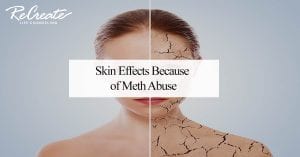

Recognized for excellence in substance abuse and behavioral health treatment by the Joint Commission

Who Pays for a Halfway House? Understanding Costs & Funding Sources
Exploring Who Covers the Costs of Halfway Houses—From Government Programs to Private Payments
Sober Living Houses
Sober living houses (SLHs), also called sober homes and sober living environments, are facilities that provide safe housing and supportive, structured living conditions for people exiting drug rehabilitation programs.

A halfway house, also known as a sober living home or transitional housing, provides a structured and supportive living environment...

Alcoholic Personality Traits
You may have become impulsive or aggressive lately, but this occurs when someone has an alcohol use disorder (AUD). Your...

Adderall side effects in Females
Even though Adderall effectively treats ADHD, men and women alike can experience a wide range of side effects. However, some...

What Drugs Did Lil Peep Overdose On?
Substance abuse has always been a major player when it comes to rap music and rap culture. There are very...

Was Juice WRLD Addicted to Pain Pills?
The rapper Jarad Anthony Higgins, also known by his stage name Juice WRLD, died on December 8, 2019, at around...

Is it Possible to Snort Crack Cocaine?
Simple question, can you snort crack? Let’s start with some facts, which tell us that crack cocaine is an illegal...

Flushed Face Because of Codeine Abuse
Codeine is a narcotic painkiller that is generally used to treat mild or moderate pain. It is also frequently used...

Skin Effects Because of Meth Abuse
Methamphetamine is a highly addictive and very powerful, illegal stimulant drug that affects a person’s central nervous system. Methamphetamine, also...

Post-Acute Withdrawal Syndrome from Suboxone
There are two main phases of drug and alcohol withdrawal – acute and post-acute withdrawal. Post-acute withdrawal is the second...

